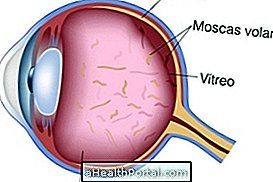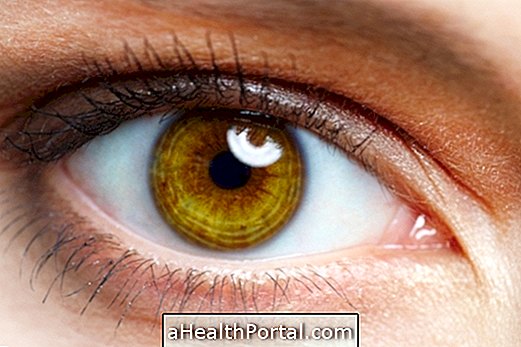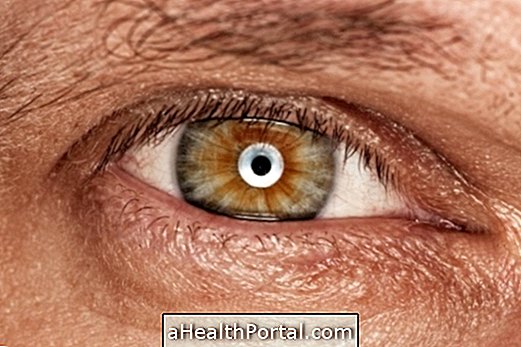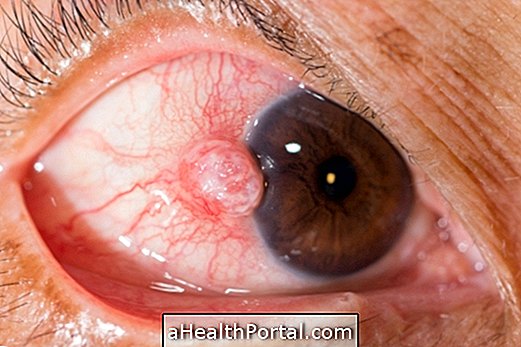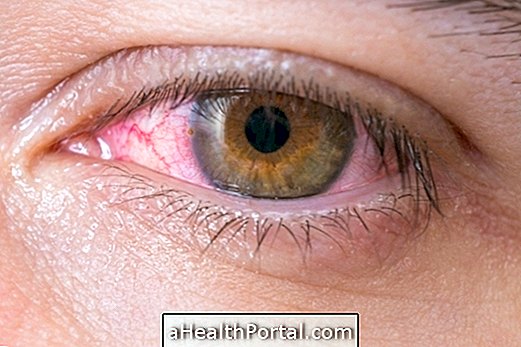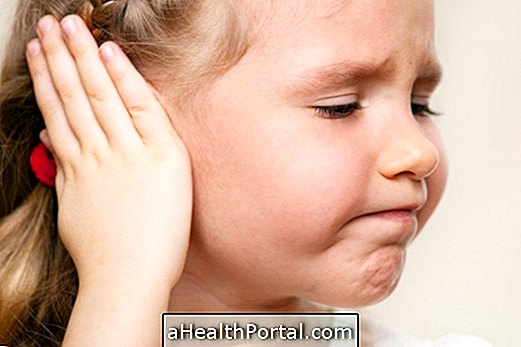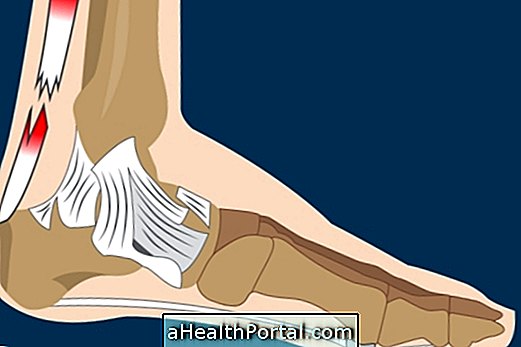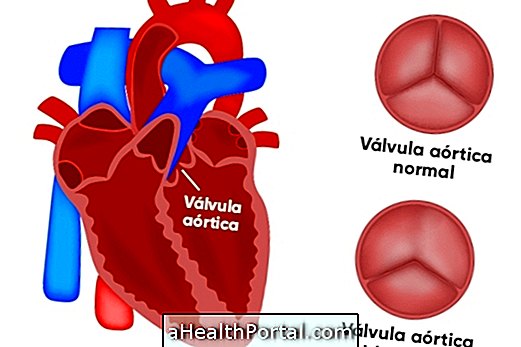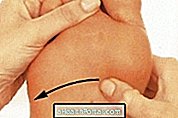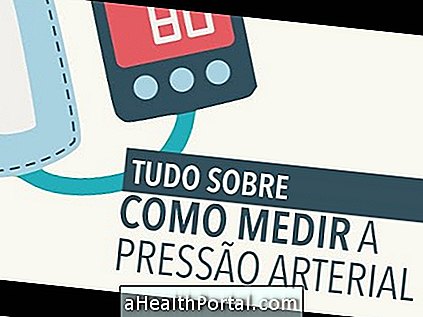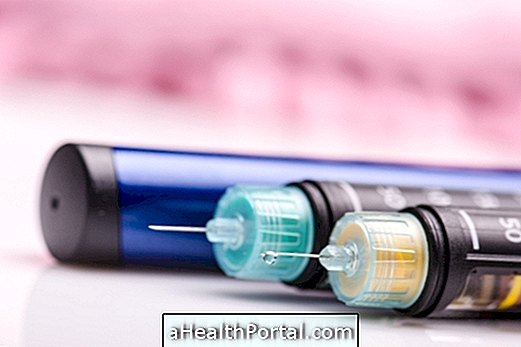The most frequent symptom of myopia is the blurry vision of objects that are far away, which makes it difficult to see the bus sign or road signs more than one meter away, for example.
However, other symptoms of myopia may also include:
- Blurred vision from far, but good up close;
- Dizziness, headache or pain in the eyes;
- Close your eyes to see better;
- Excessive tearing;
- Need for greater concentration on activities, such as driving;
- Difficulty in being in spaces with lots of light.
The patient may have symptoms of myopia and astigmatism when presenting double vision, for example, since astigmatism prevents the individual from observing the boundaries of objects with sharpness.
When there is difficulty seeing both from a distance and from close up, it can be a symptom of myopia and hyperopia, and the treatment should include glasses or lenses to correct both problems.
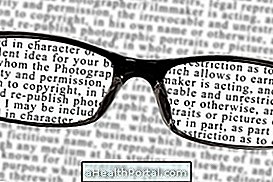

The patient with signs and symptoms of myopia should consult the ophthalmologist to make a vision examination, to identify the appropriate graduation to correct the vision problems that he has.
Symptoms of myopia are usually not aggravated by excessive computer use or reading in low light, but may cause increased headache due to tiredness and dry eyes.
Symptoms of degenerative myopia
Early symptoms of degenerative myopia include more orbiting eye, poor vision from even with glasses or contact lens, permanent pupil size increase, black areas, flashing lights or black spots in the field of view.
However, this vision problem can progress very quickly when it is not properly treated, evolving into permanent blindness in the most severe cases.
Symptoms of high myopia are related to the symptoms of degenerative myopia and are diagnosed by the ophthalmologist when the patient has diopters greater than - 6.00 in one eye.
Symptoms of myopia in the baby
Symptoms of childhood myopia are similar to those of an adult. However, the child may not refer to them, because to her this type of blurred vision is the only one she knows, recognizing it as normal.
Some situations that parents should be aware of in the development of the child and that may indicate a case of myopia are:
- Do not see objects from far away;
- Difficulty in learning to speak;
- Have difficulty seeing small toys;
- Difficulty of learning at school;
- Write with the face very close to the notebook.
To avoid learning difficulties at school, it is recommended that all children have a vision test before entering school to see if they are seeing correctly.
Treatment for myopia
The treatment for myopia can be done with the use of contact lenses or corrective glasses, adapted to the degree of myopia of the patient.
In addition, there is also the possibility of surgery for myopia, which can be done from the age of 21 and reduces the need to wear glasses or lenses.
However, myopia has no cure, as even after surgery it may re-emerge due to aging.
Useful links:
- Symptoms of astigmatism
- Symptoms of labyrinthitis
- Surgery for myopia
